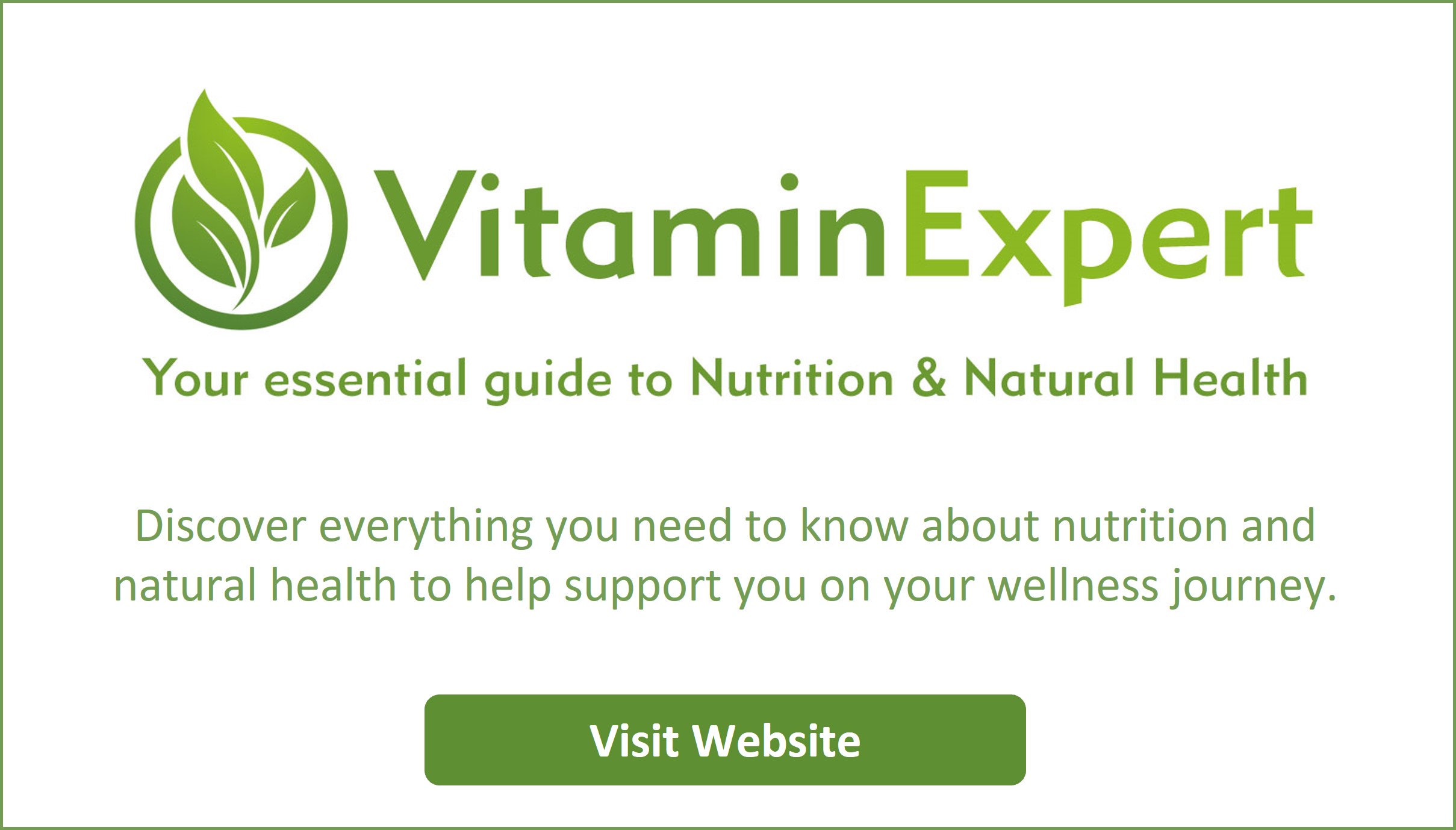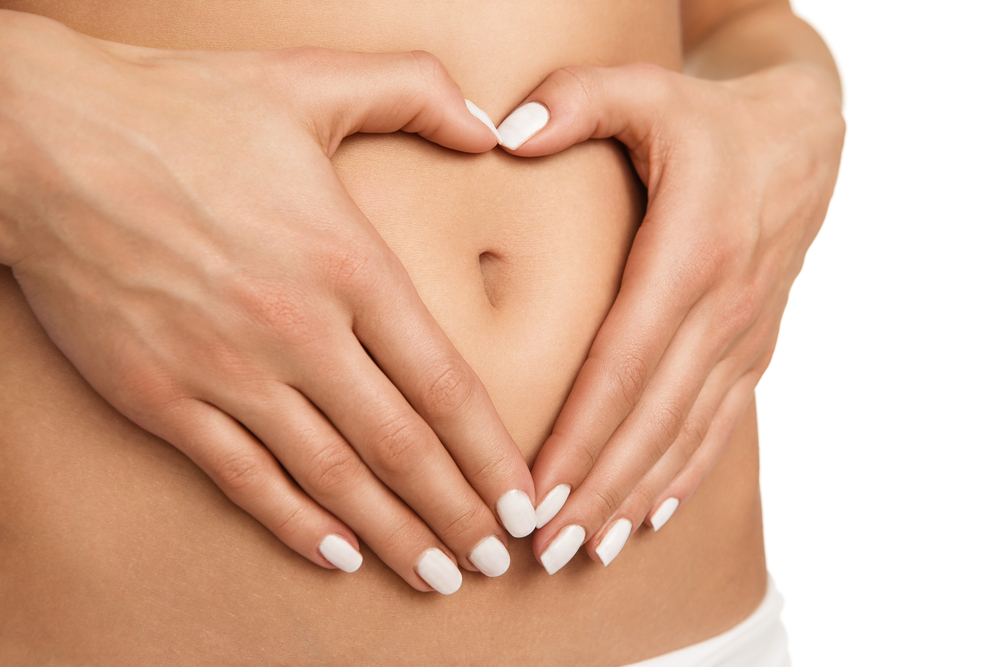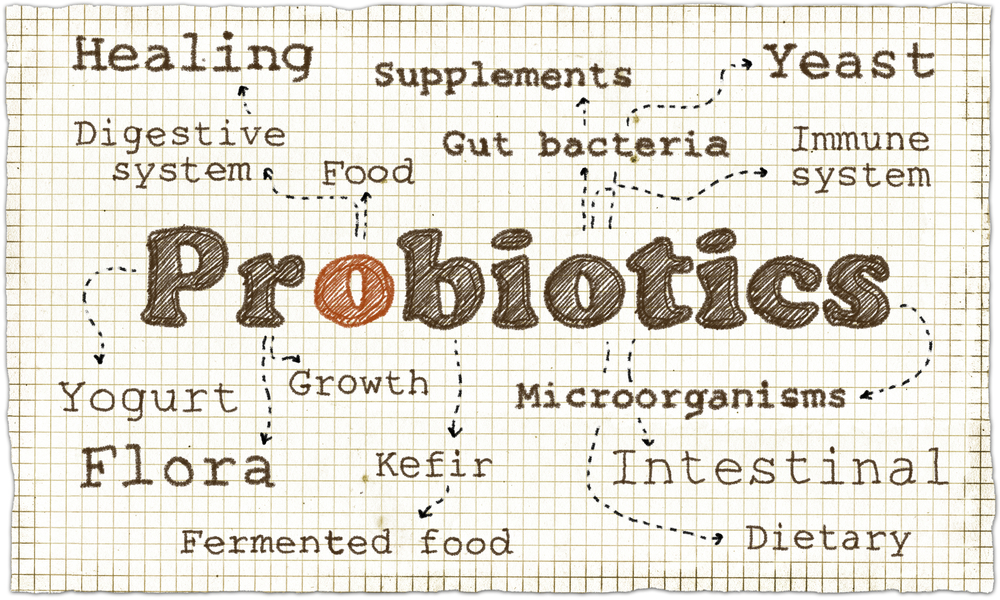
Balancing blood sugar levels effectively is one of the keys to overall wellness. Whilst the body is generally able to manage the amount of glucose (sugar) within the blood stream very effectively, if your diet has ‘spiking’ levels then you’re going to feel out of whack in many ways.
Clinical Nutritionist Suzie Sawyer explains the highs and lows of blood sugar balance.

In simple terms, what we eat is turned into glucose which is the body’s main fuel. Once this glucose enters the blood stream it triggers the release of the hormone insulin, which brings sugar levels in the blood down and pushes it around the body for storage and energy use.
However, if you’re eating lots of highly processed or sugar-laden foods, the insulin response becomes greater, and you get more spikes and lows. This makes it more difficult to control weight, to keep other hormones in balance, to maintain good energy levels and even mood. Did you know that the brain uses about 30% of all the fuel the body produces? In short, blood sugar balance is really important for so many of our body functions and ultimately how we feel.
Here are my three top tips for keeping blood sugar in balance so you feel balanced too!
Eat protein at every meal
The good news is that protein is found in many different foods: meat, fish, dairy, legumes, nuts, eggs, poultry, hummus, quinoa, and other grains and peas. Whether you eat animal produce or are vegan or vegetarian, there’s certainly plenty of choice.

The reason you need to eat some protein at every meal is because it stops blood sugar from spiking, essentially down to the hormone response being more favourable. For example, a meal containing pasta with only a tomato-based sauce is not the best choice. And whilst it might make you feel full just after eating it, you’ll quickly be hungry again.
Reduce your sugar intake
Whilst you don’t have to go completely ‘cold turkey’ on all sugar, eating sugar-laden sweets, biscuits, cakes, and pastries can cause issues. Unfortunately, when we’re tired or just want a quick energy boost, we’ll often reach for something sugary to provide that much-needed boost. However, the effects will be short-lived, and you’ll quickly hit a slump which may make you reach for something else to eat. And so, the cycle continues.

Instead, when you feel the desire for something sweet, reach for protein. For example, if you’re needing something quick, then a few spoonful’s of natural yogurt (dairy or plant-based) with some nuts and seeds would be a much better option.
Fibre and fat are your friends
Why? Because foods containing either fibre or fat, or both, slow down the release of glucose into the bloodstream.
As an example, whole grain foods such as oats, contain plenty of fibre: they have not been refined which removes the fibre content. Likewise, foods containing fat have the same beneficial effect. Whilst many people think of fat as being unfavourable, fat is essential for the absorption of fat-soluble vitamins, for the immune system, for keeping us warm and much more. And of course, for maintaining blood sugar in good balance.

Starting the day with either some smashed avocado on wholemeal toast or a bowl of warming porridge of overnight oats, make great choices. Plus, both dishes contain plenty of other essential nutrients to support your health and wellbeing.
With a few simple tweaks, you can balance blood sugar and balance your wellbeing too!
FOR MORE GREAT NUTRITION AND LIFESTYLE ADVICE:
Sign up to receive our blog and get a weekly dose of the latest nutrition, health and wellness advice direct to your inbox.
For everything you need to know about vitamins, minerals and herbs visit our sister site Vitamin Expert – your essential guide to nutrition and natural health.
Follow us on Instagram @feelaliveuk for nutrition, lifestyle and well-being tips.
Visit us at www.feelaliveuk.com for the latest offers and exclusive Alive! content.
Follow and Chat with Suzie on Twitter @nutritionsuzie
All images: Shutterstock






 You’ve probably heard the words, but you may not be too sure of the differences or what they do.
You’ve probably heard the words, but you may not be too sure of the differences or what they do. 







 Help is at hand in the form of the herb
Help is at hand in the form of the herb  It’s worth packing some effervescent vitamin C tablets and start taking them at the first sign of coughs and sneezes, repeating every few hours. The sooner you start taking it, the more effective it will be. Some people find their bowels become looser when using it which is perfectly normal. Vitamin C is quickly excreted from the body which is why it’s best to take it regularly throughout the day.
It’s worth packing some effervescent vitamin C tablets and start taking them at the first sign of coughs and sneezes, repeating every few hours. The sooner you start taking it, the more effective it will be. Some people find their bowels become looser when using it which is perfectly normal. Vitamin C is quickly excreted from the body which is why it’s best to take it regularly throughout the day.





































